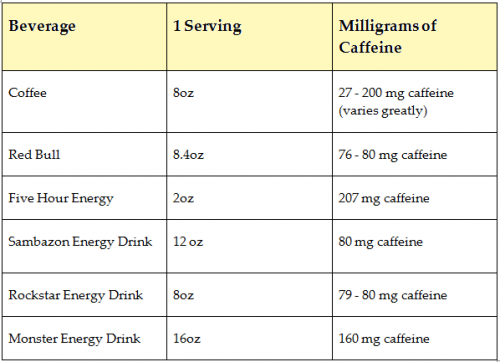

In plants, caffeine functions as a natural pesticide to deter insects. Caffeine is found in a number of plants, principally coffee and tea plants, as well as cola and cacao nuts. Pure caffeine is a white, crystalline, bitter-tasting compound. DescriptionĬaffeine is an alkaloid purine belonging to the group of organic compounds called methylxanthines.
Amount of caffeine in coffee equation skin#
Moreover, caffeine also has a sunscreen-like effectĪnd inhibits formation of UVB-induced thymine dimers and sunburn skin lesions. Mouse models demonstrate that thisĪpoptotic effect is secondary to increased expression of wild-type p53, a tumor suppressor gene that isĬommonly mutated in UV-related skin cancers.

Specifically, caffeine has been demonstrated to induce apoptosis in DNA damaged epidermal cells and tumors while sparing normal tissue. Several in vivo studies have demonstrated that topical and oral administration of caffeine exerts a photoprotective effect SCOGS (Select Committee on GRAS Substances)Ĭaffeine is a purine alkaloid commonly found in coffee and tea. Substances Added to Food (formerly EAFUS) Incompatible with strong acids, strong bases, strong oxidizing agents, iodine, silver salts, tannins. It dissolves in concentrated solutions of alkali benzoates or salicylates. Sparingly soluble in water, freely soluble in boiling water, slightly soluble in ethanol (96 per cent).


 0 kommentar(er)
0 kommentar(er)
